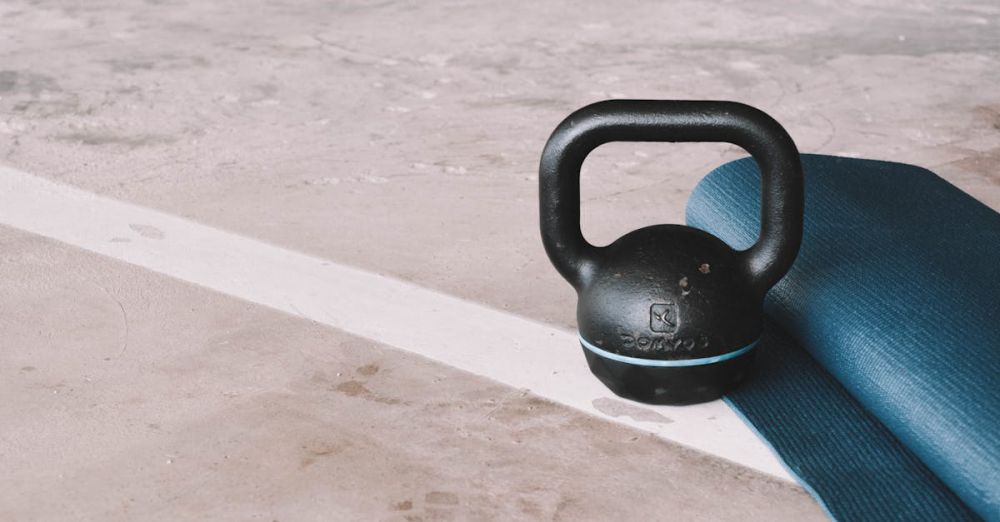How to Choose the Right Yoga Mat for Beginners
Choosing the right yoga mat can significantly enhance your practice, especially as a beginner. The right mat provides not only comfort but also stability and support during your sessions. With a myriad of options available, it’s essential to consider various factors that cater to your unique needs. Here’s a guide to making an informed choice.
Material Matters
When selecting a yoga mat, the material is crucial. Most mats are made from PVC, TPE, natural rubber, or jute. PVC mats are common due to their durability and affordability, making them a popular choice for beginners. However, they can be less eco-friendly. TPE is a newer material that is lightweight, biodegradable, and free from harmful chemicals. Natural rubber mats offer excellent grip and cushioning but may not be suitable for those with latex allergies. Jute mats are eco-friendly and provide a unique texture but might not be as cushioned. Evaluate which material aligns with your environmental values and comfort preferences.
Thickness and Cushioning
The thickness of your mat plays a vital role in your practice. Standard mats are usually about 1/8 inch thick, while thicker options can range from 1/4 inch to 1/2 inch. A thicker mat provides extra cushioning, making it ideal for those with sensitive joints or who practice on hard surfaces. Conversely, a thinner mat allows for better stability and balance, which is beneficial for standing poses. As a beginner, consider how your body feels during various poses and choose a thickness that supports your practice without compromising your stability.
Texture and Grip
The texture of a yoga mat influences your grip and stability during poses. A textured surface can help prevent slipping, which is especially important in poses where you need to maintain balance. Look for mats with a non-slip surface that offers traction even when wet. This is particularly essential for practices like hot yoga, where sweat can make the mat slick. If you prefer a smooth surface, ensure it has adequate grip to support your movements without sliding.
Portability and Weight
If you plan to take your mat to classes or outdoor sessions, portability becomes a significant factor. Lightweight mats are easier to carry, but they should still provide sufficient support and durability. Consider the weight of the mat in relation to your lifestyle. If you’re likely to travel or commute frequently, look for foldable or rollable options that fit conveniently into your bag without adding too much bulk.
Size and Dimensions
Yoga mats come in various sizes, and selecting the right dimensions is essential for a comfortable practice. Standard mats typically measure 68 inches long and 24 inches wide. However, if you’re taller than average, you might want to look for extra-long mats, which can provide additional space for your practice. The width is also important; wider mats are beneficial for those who prefer more room for their movements, while narrower mats can be easier to manage in tight spaces.
Budget Considerations
As a beginner, budgeting for your first yoga mat is crucial. Prices can vary widely, with some mats costing as little as $20 and others exceeding $100. While investing in a higher-quality mat can be beneficial in the long run, there are plenty of affordable options that provide adequate support and comfort. Determine your budget range and explore the options within it. Remember that your mat is an investment in your practice, so prioritize quality and functionality over price alone.
Finding the Perfect Fit
Ultimately, the perfect yoga mat should feel right for you. Spend time in a store trying out different mats if possible. Pay attention to how each one feels under your hands and feet, and consider how it supports your body in various poses. Additionally, read reviews and ask for recommendations from fellow practitioners. Everyone has unique preferences, so gathering insights can help you make a more informed decision.
Embarking on your yoga journey is exciting, and selecting the right mat can enhance your experience. By considering materials, thickness, texture, portability, size, and budget, you’ll be well-equipped to find a mat that suits your needs. Remember, the right mat is more than just a surface; it’s a foundation for your growth and practice. Happy yoga!







